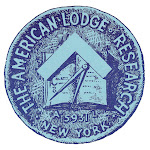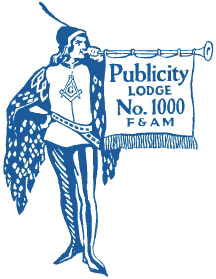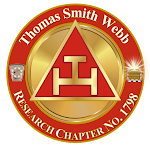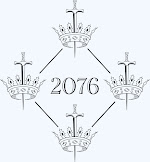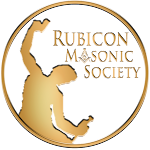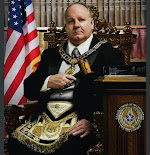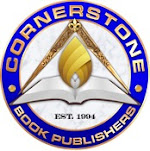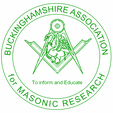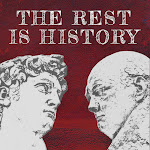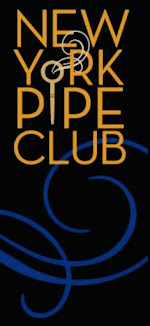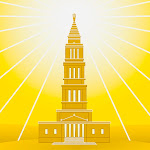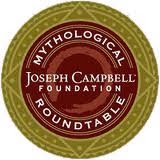Thursday, at last, was the long-awaited joint meeting of West Point Lodge 877 and The American Lodge of Research. The former, naturally, is a historic Masonic lodge, and the latter, of course, a lodge that studies Masonic history.
The two also have an ethereal link that occurs to me. West Point was set to labor Under Dispensation by Grand Lodge in 1909, and that was the year when the first rumblings (or at least the first I can pinpoint) of establishing a lodge of Masonic research and education were heard. It took only 113 years for the two to get together.
And it was worth the wait. We enjoyed two presentations. First, Worshipful Master Conor of The ALR did what he does best and treated us to biography-history of one of his ancestor lodge brothers. William Malcom (1745-91) was a Scots-born hero of the American Revolution who held memberships in a few lodges and was Master of St. John’s Lodge 2 (now No. 1) in New York in 1783.
In “The Misunderstood Mr. Malcom,” Conor aims to “do a solid” for the under appreciated warrior, business success, and Freemason by explaining how he came to be shunted unjustly by historians. That reasoning is two-fold, being based on a pair of letters that, interpreted outside context, could cleave Malcom from the pantheon of Revolutionary immortals despite his distinguished service among them. Conor’s paper corrects the record.
This paper will appear in our upcoming book of transactions (I’m working on it!), which will go to our members in early ’23.
 |
| W. Conor commissioned a portrait of Malcom from Bro. Travis Simpkins, who obliged with his usual excellence. The art, duly matted and framed, was presented to West Point Lodge where it hopefully will join the impressive menagerie of historical items displayed about the lodge building. |
Here, I’ll just sketch the highlights of this presentation. Malcom, even setting aside his military career, was a very interesting man who accomplished much before his death at age forty-six. He emigrated to British North America, arriving in New York at eighteen. His father was a baron in the old country, so Malcom was no hungry urchin seeking any employment upon arrival. He became an importer/exporter headquartered on what we today know as Pearl Street, and he ingratiated himself into New York society quickly. This included membership in Union Lodge, where he served as Worshipful Master in 1767 (if I got that right). That is a significant date in New York Masonic history, being the year when the Rite of Perfection’s Lodge of Perfection was established at Albany. And Malcom, Conor explains, had business connections who were central to that group.
Malcom had other impressive networks. By marriage, he was related to George Washington and Alexander Hamilton. (I think it’s largely true that in early America people of a certain strata knew each other, if they weren’t actually related. It was a small place of few people.)
Malcom’s politics when Revolution erupted placed him squarely among the Patriots, but New York was not a safe place to be a Patriot. As a member of St. John’s 2, he was among neutral and Loyalist lodge brethren, and, as an importer/exporter, he surely was at some risk, especially when the British invaded and seized the city in 1776.
During the war, Malcom held high rank, spent his own money to equip his unprepared troops, organized a network of spies, and was in proximity to two officers who would proceed to ignominy: Benedict Arnold and Aaron Burr. In the former’s case, Malcom was sent to West Point to complete construction of fortifications that went neglected by Arnold, who at that time was plotting to hand over the fort to the British. I don’t think it is known whether Malcom was suspicious of Arnold, but he didn’t fail to see something there was not right. And Burr? He was Malcom’s second in command for a time, an eventuality that would factor into one of the aforementioned letters that diminish Malcom’s war service.
But back to Freemasonry: While Malcom was stationed at West Point, St. John’s Lodge 2 happened to have been nearby in Fishkill. Seventy-eight American soldiers, if I remember correctly, signed the lodge’s book of bylaws at that time. The end of the war and the formation of the Grand Lodge of New York were somewhat concurrent. While we may assign a date for the end of British military activity in New York at Evacuation Day (November 25, 1783), the organization of amorphous Freemasonry into what we today understand as a grand lodge remains hard to explain, as far as I’m concerned.
Sir John Johnson was, nominally at least, the Provincial Grand Master in New York, but his side lost the war and he skedaddled to Canada. Malcom was named to the committee that would form our Grand Lodge of New York.
Malcom remained engaged in the military after the war, being appointed to head the militia in points around New York City. He was elected to political office, a natural fit for many heroes of the Revolution, and he was welcomed into the Society of the Cincinnati in New Jersey, despite not having resided there. (He did serve in the battles at Trenton and Princeton.) As head of the militia, he commanded the military escort of George Washington to his first presidential inauguration at Wall Street in 1789. His funeral in 1791 was accompanied by military and Masonic honors.
About those two letters: A 1778 communiqué from Washington, in reply to a note from Malcom, states the commanding general was displeased at that time with Malcom and would not stop him from exiting the service if he desired to leave. Not a good look for a notable officer in wartime. The other letter is from 1814 and was sent by Malcom to the New York legislature lobbying for financial compensation for Aaron Burr. Burr, of course, had killed Hamilton in their duel a decade earlier, so, again, not a good look.
 |
Worshipful Master Tom Horn, right, accepts the Malcom
portrait from W. Bro. Conor of The ALR. |
The next presentation to the two lodges was delivered by Bro. Bob McLoughlin, who told us about “Free and Accepted Masons, Family Legacies, and the Hudson Valley.” Unfortunately, the hour was late and Bob had to zip through what appeared to be a detailed tour of the local area with many stops where Masons through history left their marks by building infrastructure, much of which remains in use.
The gist of his talk, I’ll say, was graduates of the U.S. Military Academy, a significant number of whom were initiated into our fraternity in this lodge (did I mention West Point is, figuratively speaking, a grenade’s throw from the lodge?), took their engineering knowhow around the world. Literally. From the campus of the Academy to Central Park (pre-Olmsted) to the Canal Zone and points everywhere, they brought forth order from chaos.
I’m sorry to shortchange his compelling research, but it passed by my eyes and ears quickly and, not being versed in the subject myself, it all was a blur. My notes aren’t that helpful. I think Bob said this talk can be found on Craftsmen Online, but I’m not seeing it and can’t provide the link.
 |
| This World War II era poster was added recently to the lodge’s decor by a Past Master who acquired it through an auction. By weird coincidence, the December trestleboard message from the Master of New Jersey Lodge of Masonic Research and Education 1786 focuses directly on the Masonic War Chest and includes an image of the poster. |
As always, any errors or omissions in the above are attributable to me and not to the speakers.
In lodge business, The ALR elected three to Active Membership, including Bro. Erich, who we at New Jersey’s research lodge have shanghaied into the secretary’s chair. (Or at least we will at our installation this Saturday.) (Don’t tell him.) And we had an introductory reading of several much needed bylaws amendments that will be brought to a vote at our next meeting on Tuesday, March 28, 2023 in our home—the Colonial Room of Masonic Hall. See you there.








